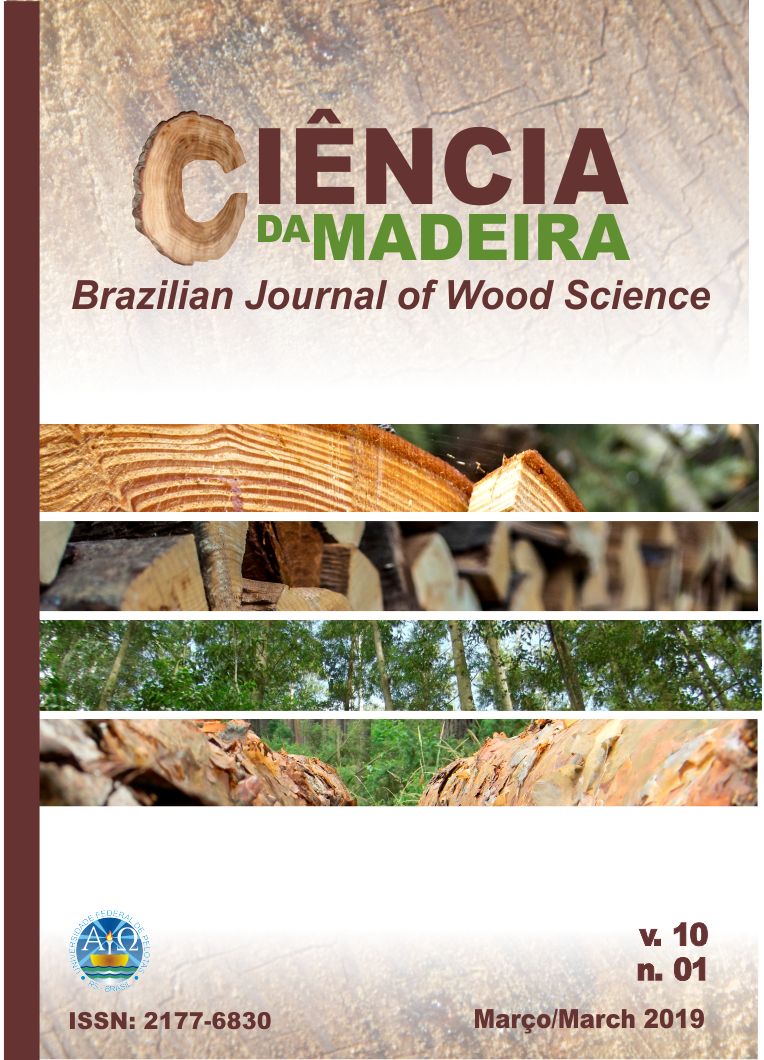Exploring tannin extracts: Introduction to new bio-based materials
Resumo
In a world seeking environmentally sustainable products, bio-resources are investigated as suitable replacements to oil-derived products. Tannin extracts represent one of the most abundant phenolic resources of the earth, with more than 200,000 T/year. These extractives are constituted mainly of polyphenolic compounds and they are used industrially for various purposes, including leather tanning, wine-making, and water clarification. However, condensed tannin extractives can also be easily polymerized, and the resulting bio-macromolecule can be exploited for other applications such as adhesives and coatings. In recent years, tannin-based polymers have also been used for the synthesis of fire-resistant insulation foams and outdoor wood preservatives. This bio-resource imparts also outstanding water resistance to wood plastic composites (WPCs) and gives great antioxidant activity to nanofibrillated cellulose films, which become an interesting material for “active packaging”. This literature review covers these four innovative solutions made from tannin extractives from mimosa or black wattle (Acacia mearnsii) industrial powder and provides some basic information about the purification of the industrial tannin extract that can be suitable for more chemically specific usages.
Copyright (c) 2019 Revista Ciência da Madeira (Brazilian Journal of Wood Science)

This work is licensed under a Creative Commons Attribution-NonCommercial-NoDerivatives 4.0 International License.
A CIÊNCIA DA MADEIRA resguarda o direito de modificar o trabalho em quaisquer hipóteses na ordem gramatical e ortográfica com o objetivo de manter a utilização correta da língua portuguesa ou ingles.
A CIÊNCIA DA MADEIRA passa a possuir o direito sobre todos os trabalhos enviados quanto a reprodução e publicação online.



 https://orcid.org/0009-0007-3945-9715
https://orcid.org/0009-0007-3945-9715